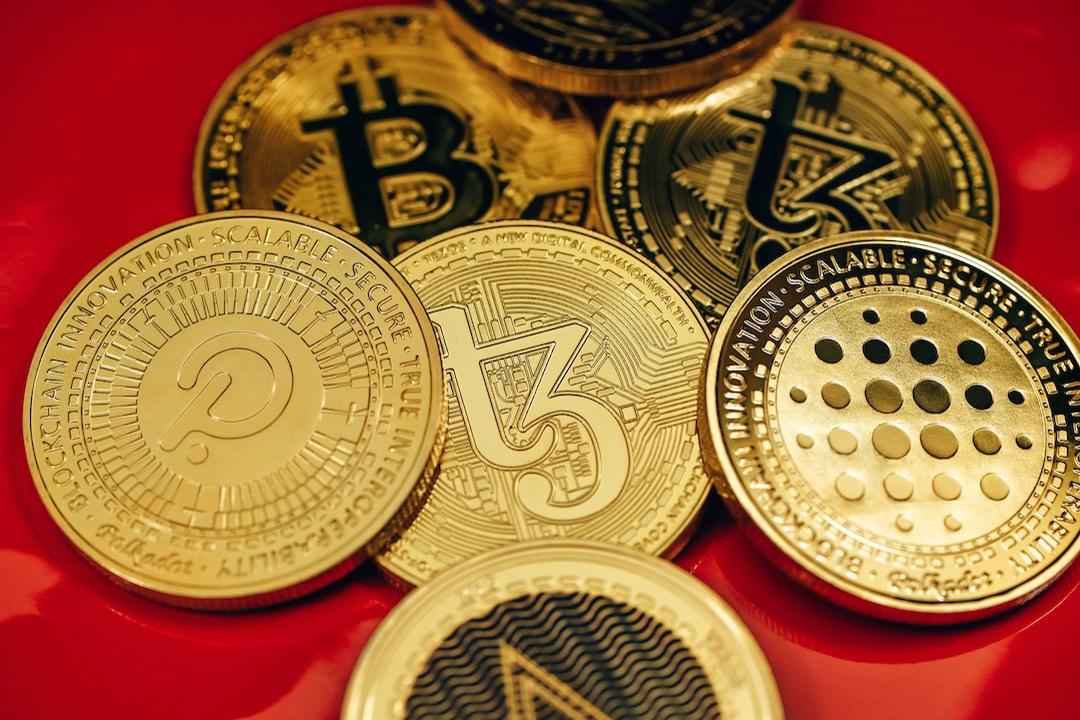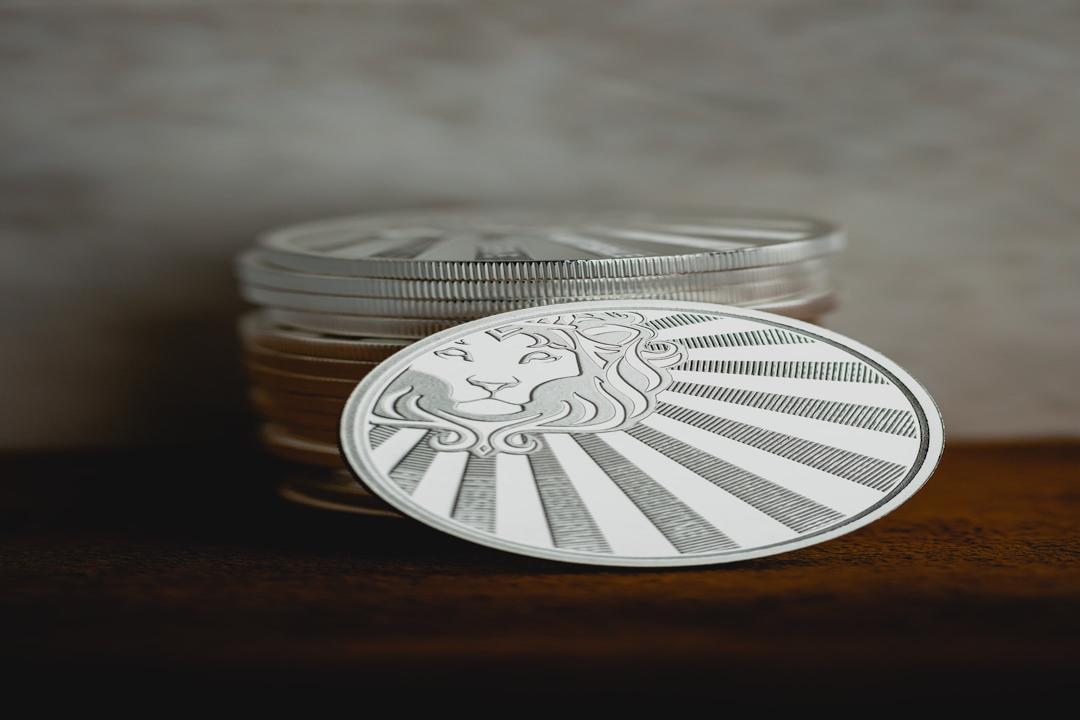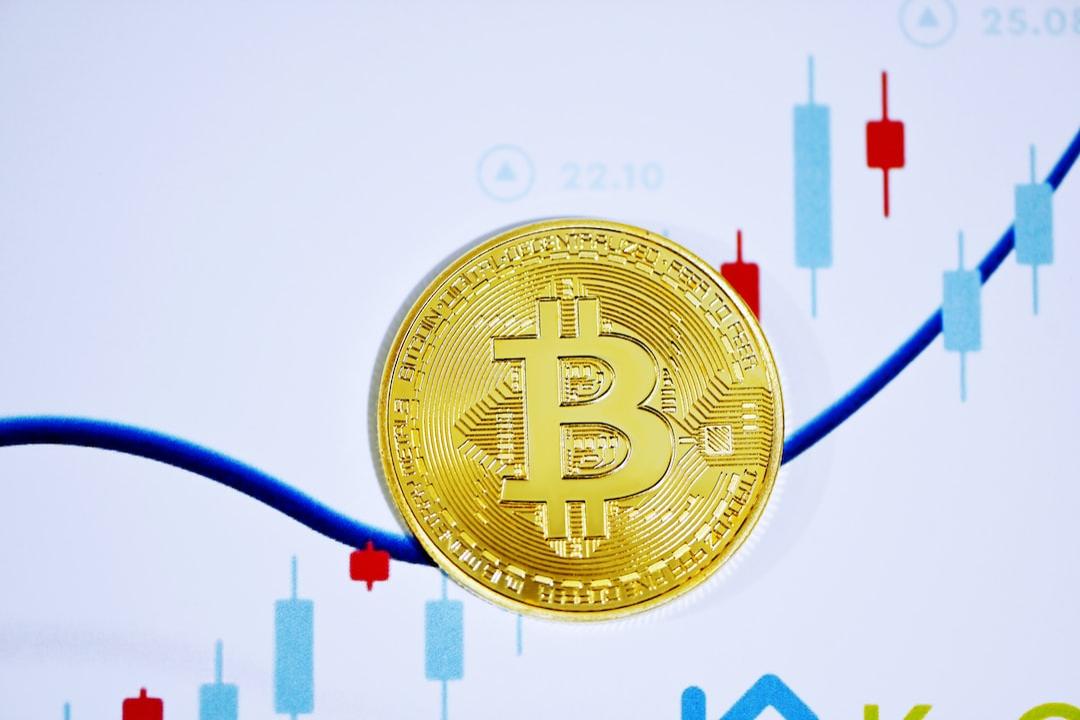In the face of selling pressure on Bitcoin, Glassnode’s latest weekly report pointed out that long-term holders (LTH) have realized a daily profit of $2.02 billion, reaching a historical high. They have sold about 507,000 BTC since September. Analysis of URPD shows that $88,000 could become a test area for a correction.
Since Trump won the US election on November 8, Bitcoin has continued to push towards the $100,000 mark, reaching a high of over $99,500 on November 23, with a cumulative increase of 37.6% in the past month.
However, starting from last weekend, Bitcoin has seen the most significant correction since Trump’s election. It has been fluctuating downwards from around $99,000 and reached a low of $90,791 this morning, a correction of more than 8.8% from the high of around $99,600 on the 22nd.
At the time of writing, Bitcoin has slightly rebounded and is currently trading at $93,099, with a 24-hour decrease narrowed to 1.78%.

LTH’s daily realized profit reaches a record high of £2 billion
In the face of selling pressure on Bitcoin, Glassnode’s latest weekly report analyzed that since the peak supply of long-term holders (LTH) established in September, these investors have now reduced their holdings by 507,000 BTC (approximately $46.64 billion). Although this is lower than the 934,000 BTC sold during the rebound in March, the scale is still considerable.

In addition, long-term holders allocate approximately 0.27% of their profits daily, which is a relatively high ratio. Only 177 trading days had a higher allocation ratio, surpassing the level in March this year.

In terms of realized profits, long-term holders are currently selling $2.02 billion per day, reaching a historical high. This indicates that the market needs strong demand to absorb this excess supply, and this process may take some time to complete through accumulation.

Seller risk ratio below historical peak
To assess whether there are enough buyers to absorb the supply, Glassnode points out that the current seller risk ratio is at a higher level (close to the blue line in the figure below), indicating significant profit realization within the current price range.
However, this ratio is still far below the previous peak, indicating that previous bull markets saw sufficient demand to absorb the supply even under similar relative distribution pressures.
The seller risk ratio is used to evaluate investors’ selling behavior by analyzing the ratio of their realized profits or losses to the asset’s Realized Cap.
High ratio (blue line): Investors sell with high profits or losses, usually after significant price fluctuations, and the market needs time to rebalance.
Low ratio (red line): Most trades are close to the cost price, and the market enters a balanced state with lower volatility, which may indicate that the consumption of profits and losses is nearing completion.

Significant sales have not been observed in coins held for over 1 year
In addition, when evaluating the composition of spending, Glassnode points out that most of the selling pressure comes from Bitcoin with an age between 6 months and 1 year. This highlights the fact that coins held for over 1 year have not been significantly sold, and a higher price is needed to attract the realization of these tokens.
Glassnode’s statistics show that tokens with a period of 6 months to 1 year account for the majority of the current selling pressure, reaching 35.3%.
6 months-1 year realized profit: $12.6 billion
1-2 years realized profit: $7.2 billion
2-3 years realized profit: $4.8 billion
3-5 years realized profit: $6.3 billion
5+ years realized profit: $4.8 billion

$88,000 is a key level for backtesting
To assess the sustainability of this upward trend, Glassnode compares the structure of the current Unspent Profit Distribution (URPD) with the peak in March 2024. The institution states that in March 2024, with the price rising for several months driven by the listing of ETFs, the supply completed multiple turnovers between $40,000 and $73,000. In the following seven months of consolidation, this range became one of the most influential supply areas in history, and the reaccumulated supply formed a key support, laying the foundation for this market rally.
The recent market rise has been very rapid, and there is little Bitcoin trading volume between $76,000 and $88,000. This may become a test area for market corrections. Because price discovery is a process that often requires rebounds, corrections, and consolidations to confirm new price ranges and find a new balance point.




